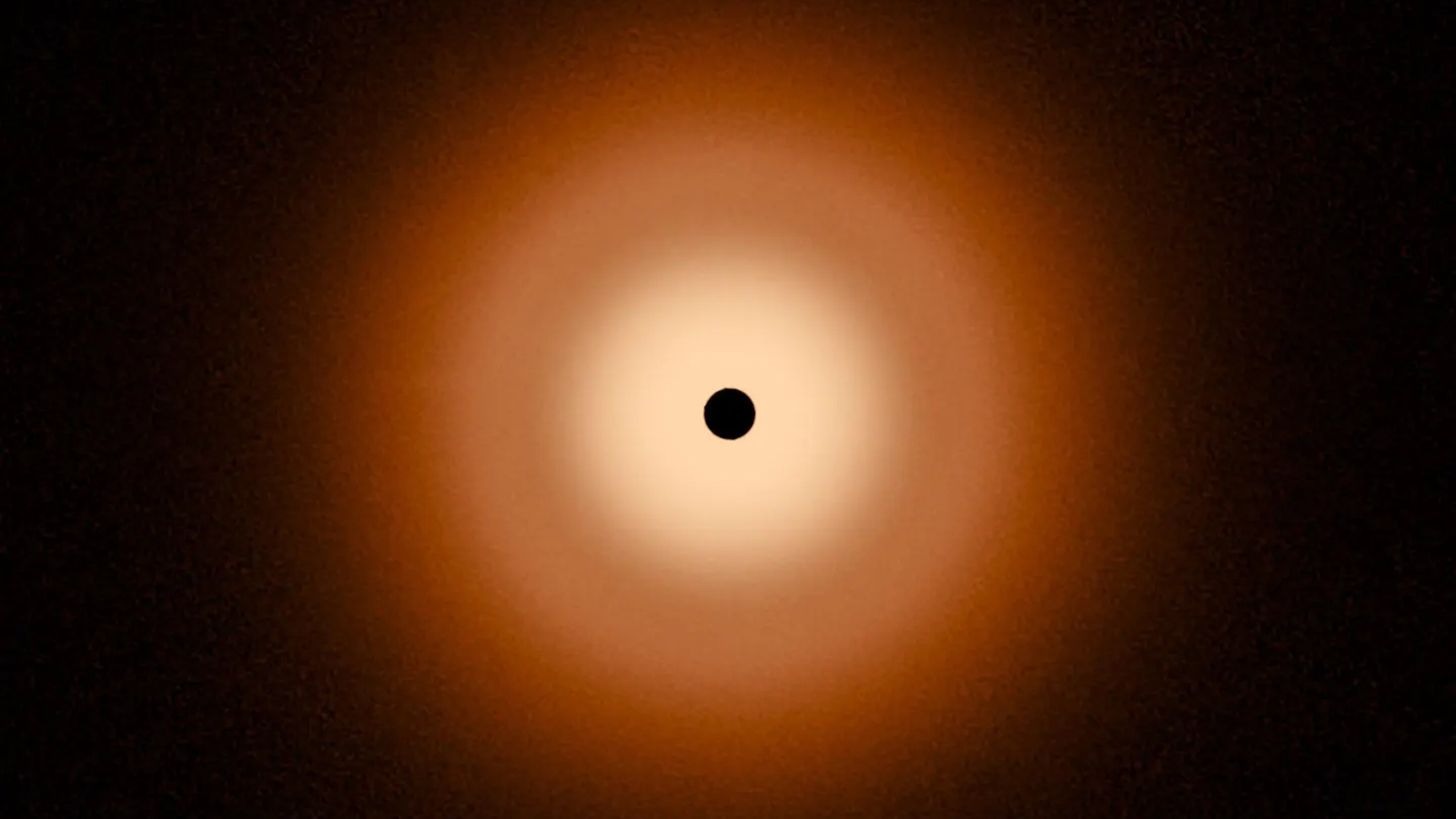Chemistry, Vol. 5, Pages 1419-1453: Synthetic and Structural Chemistry of Uranyl-Amidoxime Complexes: Technological Implications
Chemistry doi: 10.3390/chemistry5020097
Authors: Sokratis T. Tsantis Maria Iliopoulou Demetrios I. Tzimopoulos Spyros P. Perlepes
Resource shortage is a major problem in our world. Nuclear energy is a green energy and because of this and its high energy density, it has been attracting more and more attention during the last few decades. Uranium is a valuable nuclear fuel used in the majority of nuclear power plants. More than one thousand times more uranium exists in the oceans, at very low concentrations, than is present in terrestrial ores. As the demand for nuclear power generation increases year-on-year, access to this reserve is of paramount importance for energy security. Water-insoluble polymeric materials functionalized with the amidoxime group are a technically feasible platform for extracting uranium, in the form of {UO2}2+, from seawater, which also contains various concentrations of other competing metal ions, including vanadium (V). An in-depth understanding of the coordination modes and binding strength of the amidoxime group with uranyl and other competing ions is a key parameter for improving extraction efficiency and selectivity. Very limited information on the complexation of {UO2}2+ with amidoximes was available before 2012. However, significant advances have been made during the last decade. This report reviews the solid-state coordination chemistry of the amidoxime group (alone or within ligands with other potential donor sites) with the uranyl ion, while sporadic attention on solution and theoretical studies is also given. Comparative studies with vanadium complexation are also briefly described. Eight different coordination modes of the neutral and singly deprotonated amidoxime groups have been identified in the structures of the uranyl complexes. Particular emphasis is given to describing the reactivity of the open-chain glutardiamidoxime, closed-ring glutarimidedioxime and closed-ring glutarimidoxioxime moieties, which are present as side chains on the sorbents, towards the uranyl moiety. The technological implications of some of the observed coordination modes are outlined. It is believed that X-ray crystallography of small uranyl-amidoxime molecules may help to build an understanding of the interactions of seawater uranyl with amidoxime-functionalized polymers and improve their recovery capacity and selectivity, leading to more efficient extractants. The challenges for scientists working on the structural elucidation of uranyl coordination complexes are also outlined. The review contains six sections and 95 references.

 1 year ago
25
1 year ago
25


